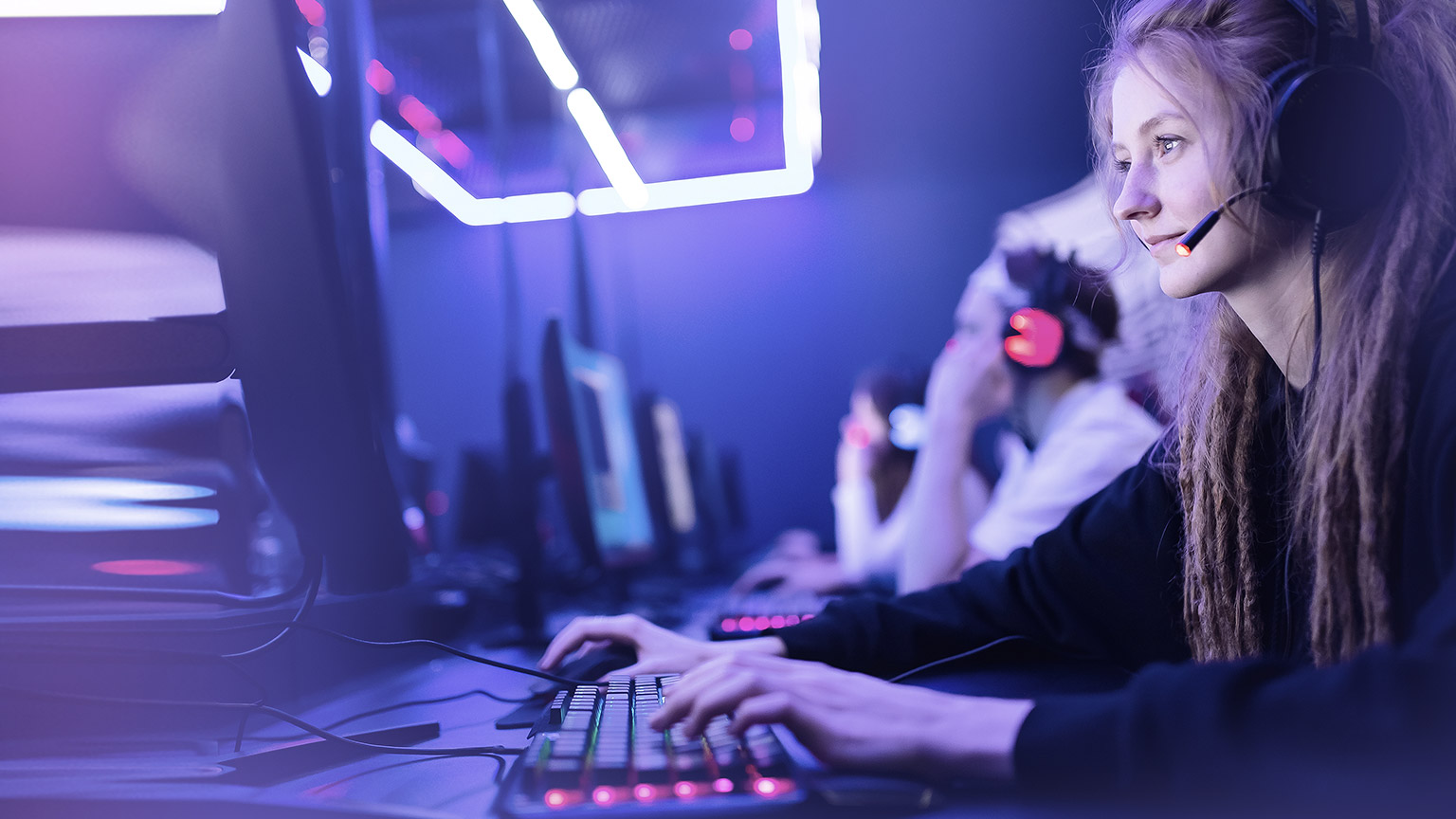Practice is the best of all instructorsPublilius Syrus
Athletes practice by honing in on their skills, developing them over time using drills such as throwing and catching a rugby ball, passing a soccer ball or shooting free throws. In eSports, most players practice by playing the game, but without the structure of drills and setting goals, this way of practising is limiting as it has no purpose.
Pre-performance routine
What we have seen is that using a PPR improves performance regardless of how simple or complex the routine isP. Gröpel
The role routines play in creating an effective learning environment cannot be understated. Almost every professional athlete will have a routine. Think of your favourite athlete and what you see them doing before a game. Players use routines to get their heads in the game. This may be by calming a player down or hyping one up. It can be a range of things; the important thing is that it makes the athlete feel comfortable and puts their mind in the same state as it has been while training.
The following video outlines the pre-performance routines of some of the world’s most famous sporting athletes. True psychology is involved in sports, and it plays a fundamental role in player downfall and success of an athlete.
Watch: Sport psychology – inside the mind of champion athletes: Martin Hagger at TEDxPerth (12.01 minutes)
When you are coaching or mentoring, it is important to consider the stages of learning each individual takes.
Fitts and Posner (1967) studied how people progress when learning a skill and came up with the three phases of learning. When you practice and learn skills, you begin to move through the phases of learning. Regardless of the skill, learners tend to follow this pattern.
The stages of learning are:
Cognitive stage of learning
This is the first stage the learners go through, known as the thinking stage. The learner is considered a novice. Learners should be trying to develop an understanding of what to do.
During this stage, the learners need consistent feedback from their coach/tutor. Learners should be provided with demonstrations and visual aid.
Associative stage of learning
The associative stage of learning is also known as the practice phase. Leaners do not rely on external instructions and adapt to the environment better. Leaners spend most of their time on skill development as they try to master the skill. Learners can identify mistakes and adjust.
Autonomous stage of learning
This is the final stage a learner goes through. The learner has developed the skills so well that they can perform them with minimal cognitive monitoring. The skill has minimal to no errors as the learner completes the skill. This allows the learner to pay more attention to other tasks or environmental factors.
Watch: Watch the following video, which physically demonstrates the stages of learning when throwing a football. Fitts and Posner's Three Stage Model: (4.30 mins)
The following are examples of using the three stages of learning—Tekken 7, learning the combo system with a coach (an experienced player).
Click on each of the following headings for details on these examples.
In practice mode, the coach will show the full combo then the coach can visually show what each attack looks like (the animation of each move). The coach will visually show how to press the buttons as they verbally explain each move. The coach can write down the notation (buttons) for the learner to read while pressing them. Once the learner has the controller in their hand, they can slowly learn the combo; after each successful attack, add a new move afterwards, for example:
- Attack 1, attack 2, stop.
- Attack 1, attack 2, attack 3 stop.
- Attack 1, attack 2, attack 3, attack 4, stop. etc
This allows the coach to give verbal feedback if the learner consistently makes the same mistake.
Once the learner has built confidence in their skills and successfully landed the combo consistently, the coach and learner can play a few rounds in VS BATTLES or add life bars in practice mode. This can help simulate an actual match. The coach can give tips if the learner is making mistakes. The coach has to give less external feedback as the learner becomes more fluid in landing combos.
The learner should be comfortable with no feedback from the coach and able to land combos regularly. The next level for the learner is to be aware of the spacing between the characters and the walls, as players need to adjust their combo to the walls. As the learner becomes autonomous, they will recognise and adjust on the fly. The learner can also identify their mistake or why the combo dropped.
Knowledge Check Activity
